Free antivirus vs paid: What do you get?
Free antivirus vs. paid: What do you get?

What's coming up?
This activity introduces free standalone antivirus software. This software doesn’t cost anything up front, but you may have to sign up to a trial account.
You’ll also learn what features you should expect to get from free antivirus software and how it compares with paid versions.
Start activity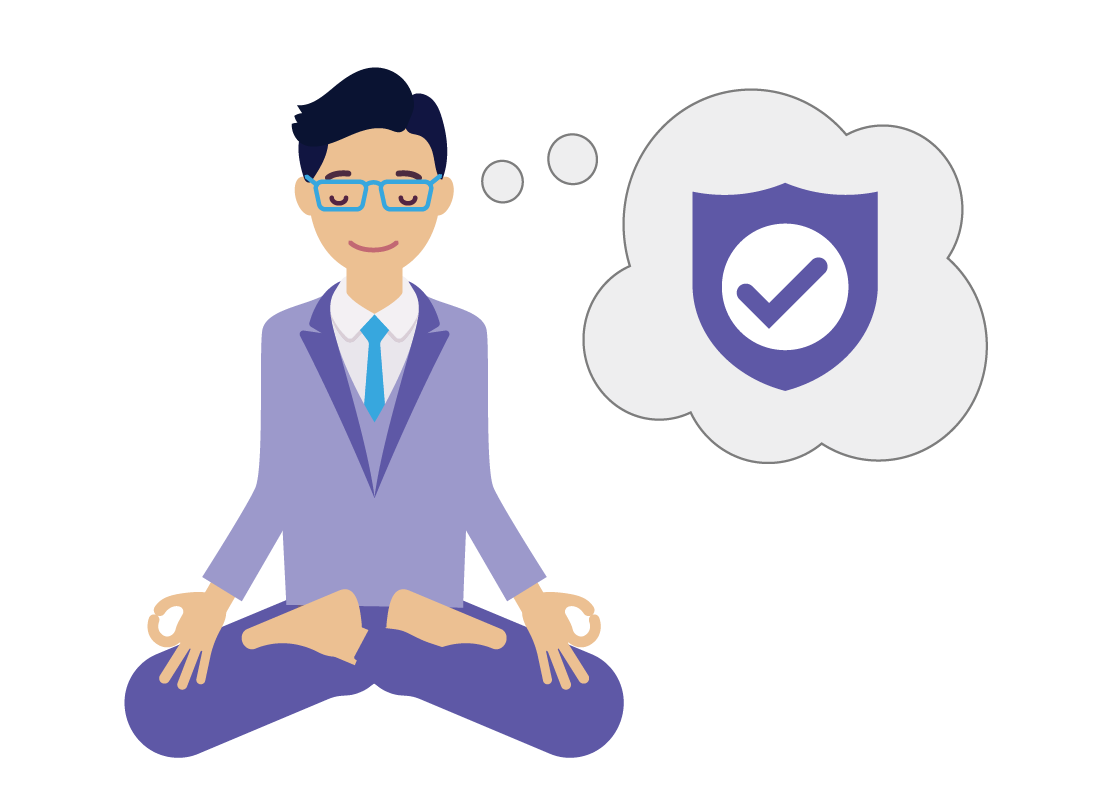
The reason to buy standalone antivirus software
Devices come with built-in antivirus protection, but it can be a good idea to also get standalone antivirus, for extra peace of mind.

Standalone antivirus usually has a free version
Most of the popular versions of standalone antivirus include a free trial edition. This lets you try the features and interface to make sure it fits your needs.
After a trial period, which is usually 7, 14, or 30 days depending on the brand, you will need to start paying a monthly or yearly fee to keep the software.

eSafety tip
Many new computers will come with a free trial version of a standalone antivirus suite, as well as the device’s built-in protection. When the trial is about to end, it will prompt you to sign up to keep your device from risk. You can pay to continue using the trial antivirus, shop around for an alternative, or just use your device’s built-in protection.
Some free versions last forever
Some standalone antivirus software offers a permanent free edition, but there’s usually some kind of catch!
Either you will miss out on certain features, or you might have to tolerate advertisements appearing on your device from time to time.


eSafety tip
Free versions of standalone antivirus software can be changed or altered by the companies that make them at any time.
Free antivirus software also sometimes loses features when a new version is released.
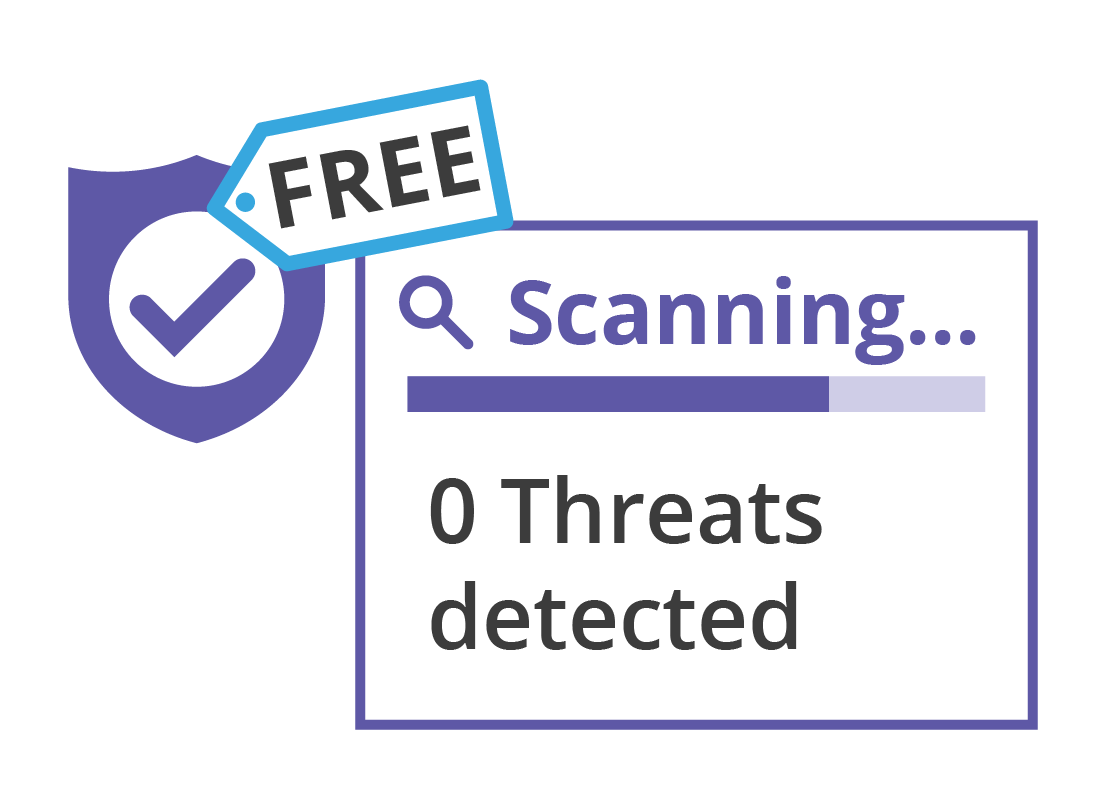
What to expect from free antivirus software
A free antivirus suite usually includes reliable virus and malware protection that is regularly updated. This software will scan your device for threats and let you know what it finds. It also deletes viruses and malware as soon as it’s detected.
What to expect from paid antivirus software
A paid antivirus suite offers a lot more features, and can include:
- Security for when you are shopping or banking online.
- Limited security for when you use public Wi-Fi.
- An alert if one of your passwords is stolen or involved in a third-party data breach.
- Ability to disable your webcam or font-facing camera so no-one can activate it remotely.
- Ability to check email attachments and websites before you open or load them.
- Ability to work on Windows, Android and Apple devices.
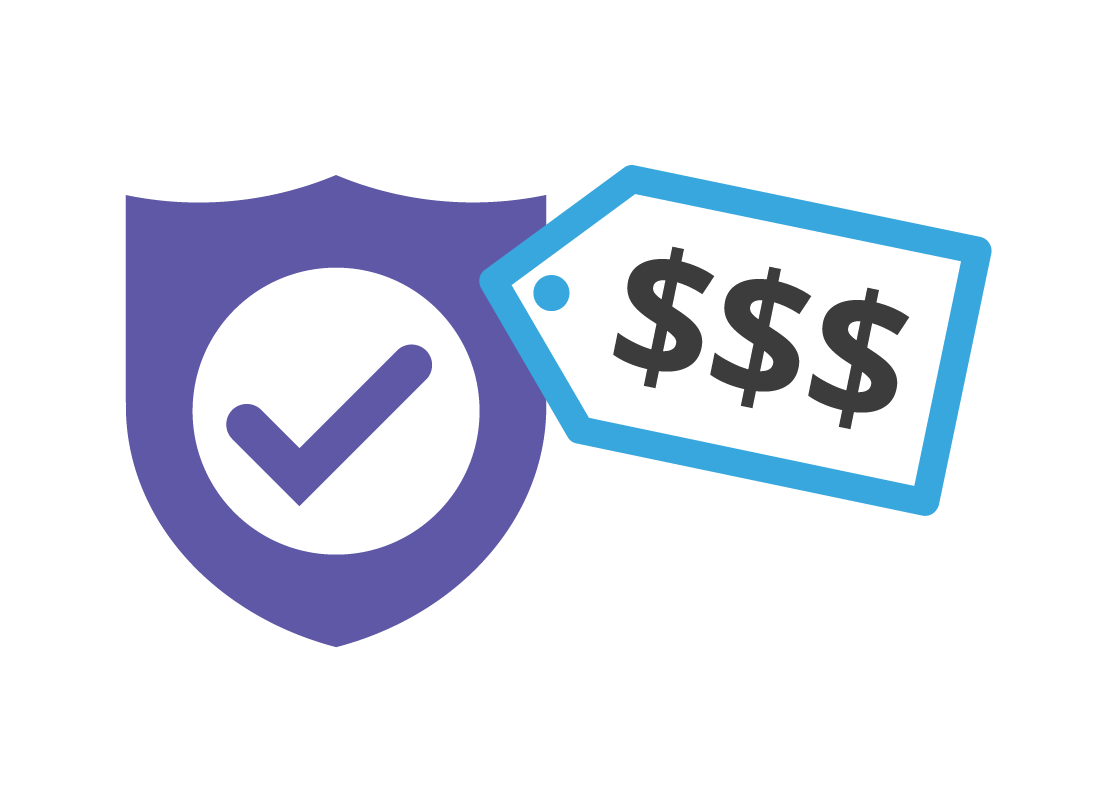

eSafety tip
When choosing antivirus software, always do your own research to find the best software that suits your situation, budget and needs.
Remember to check user reviews and the overall rating for the software on your device’s app store.

How paid antivirus is different to built-in antivirus
While paid antivirus software does many of the same things as the antivirus protection built into your device, one advantage is that you can use it across different devices.
With one account and subscription, you can protect your computer, mobile phone, and tablet, even if they use different operating software.
Some examples of antivirus software
You can use a web search to find reviews on the most popular antivirus software. This software is also rated on how effective it is at stopping threats, and whether or not it works across multiple devices.
Examples include Bitdefender, Norton, McAfee and Trend Micro.

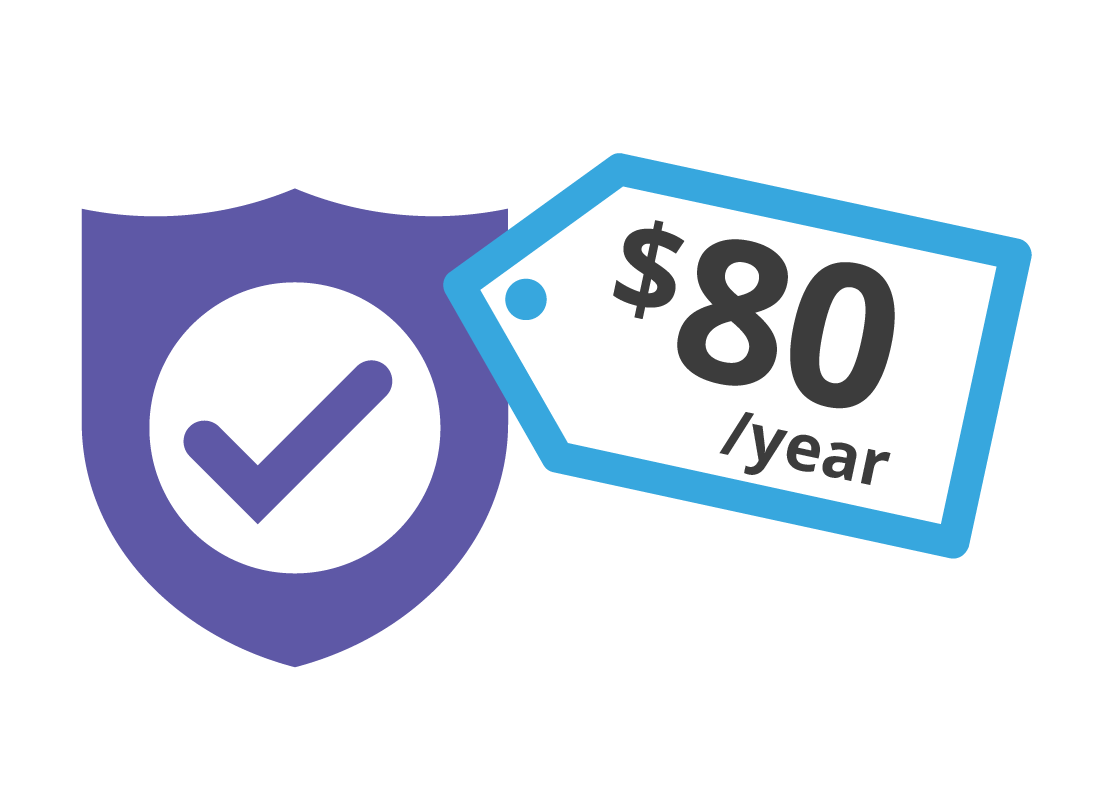
The cost of standalone antivirus software
While prices differ between brands, most antivirus software charges a yearly fee. This can be from about $60 to $100.
Some let you purchase a monthly subscription, but the yearly fee is usually at a good discount.
The downsides of antivirus software
It’s important to understand that no antivirus software guarantees to totally protect your devices from harm. Malicious software will continue to be a threat, but antivirus software can significantly reduce the risk of damage.
Antivirus software may also slow down the operation of your device and can sometimes block legitimate files and websites you’re trying to access. You can use the free trial period offered by most antivirus suites to check these and to make sure it isn’t a problem.
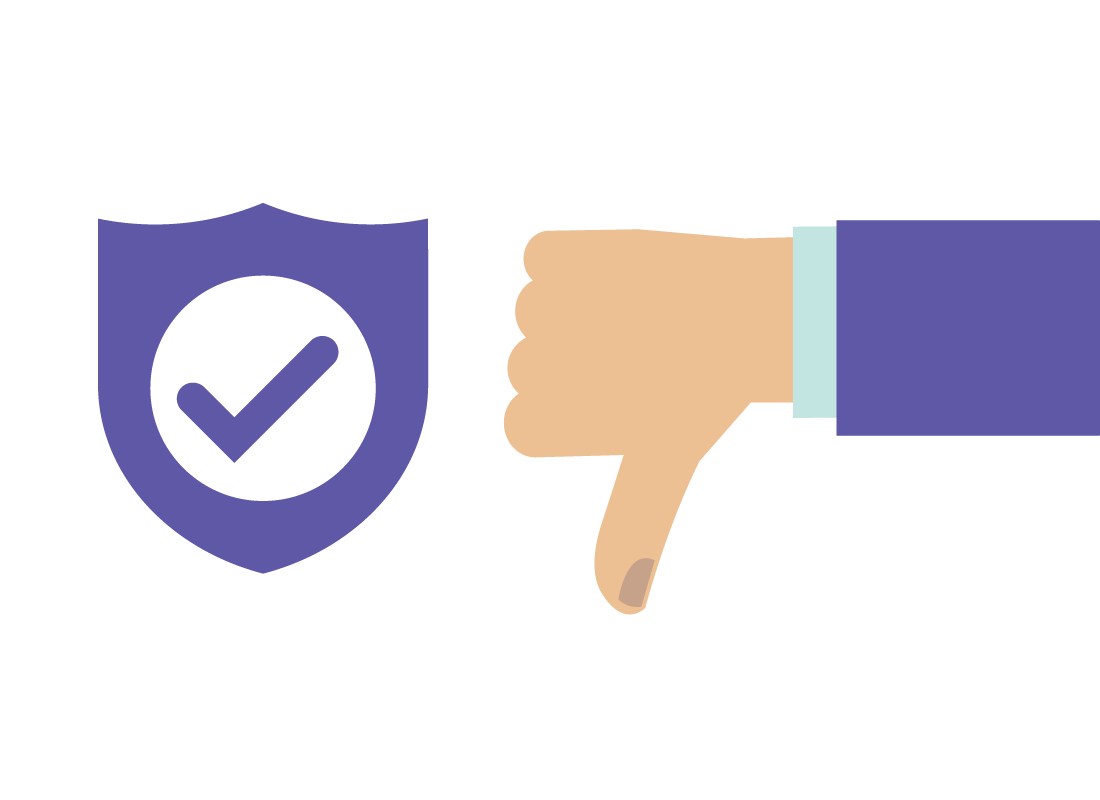
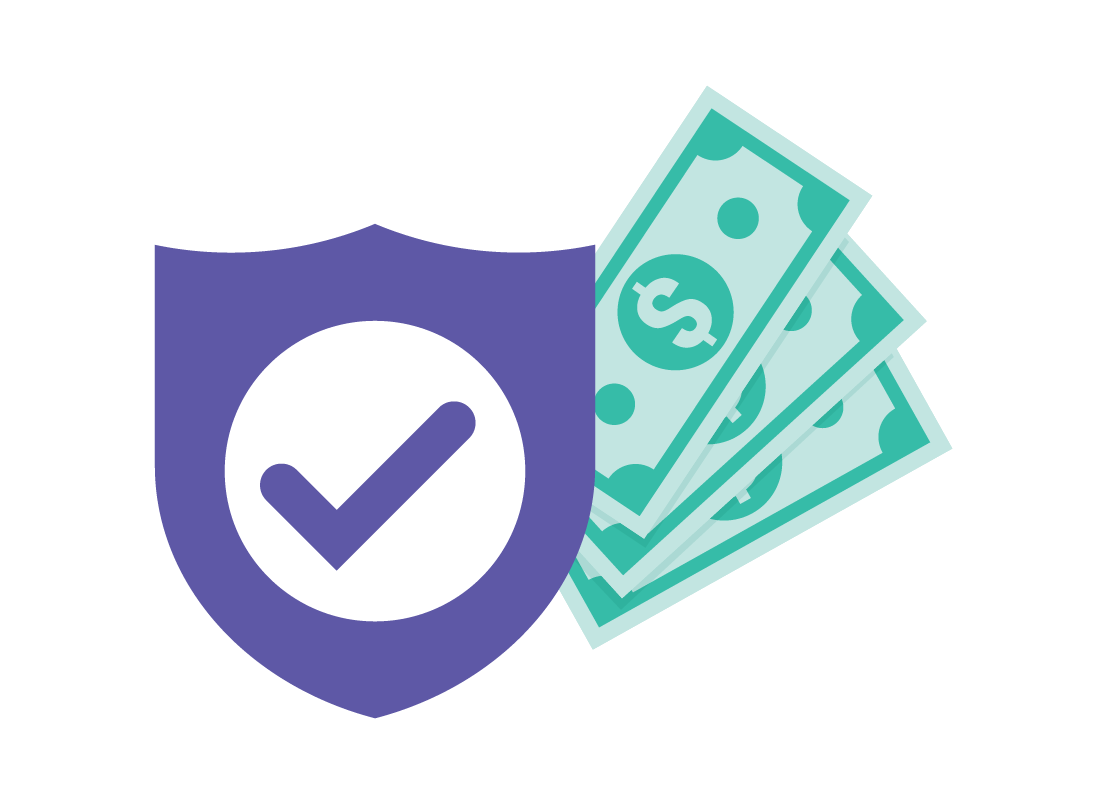
Well done!
This is the end of the Free antivirus vs. paid: What do you get? activity. You’ve learned about some of the features of paid antivirus software, and how it can offer some extras over free antivirus.
Next, you can learn How to safely download and install antivirus apps on your device.